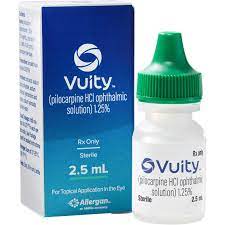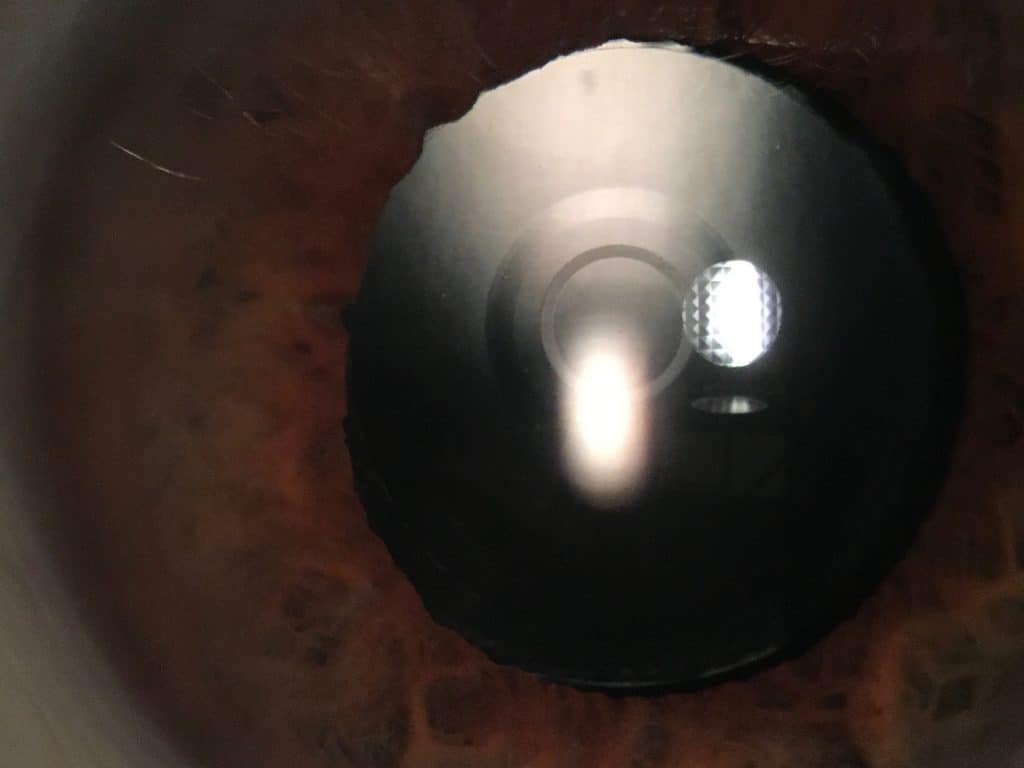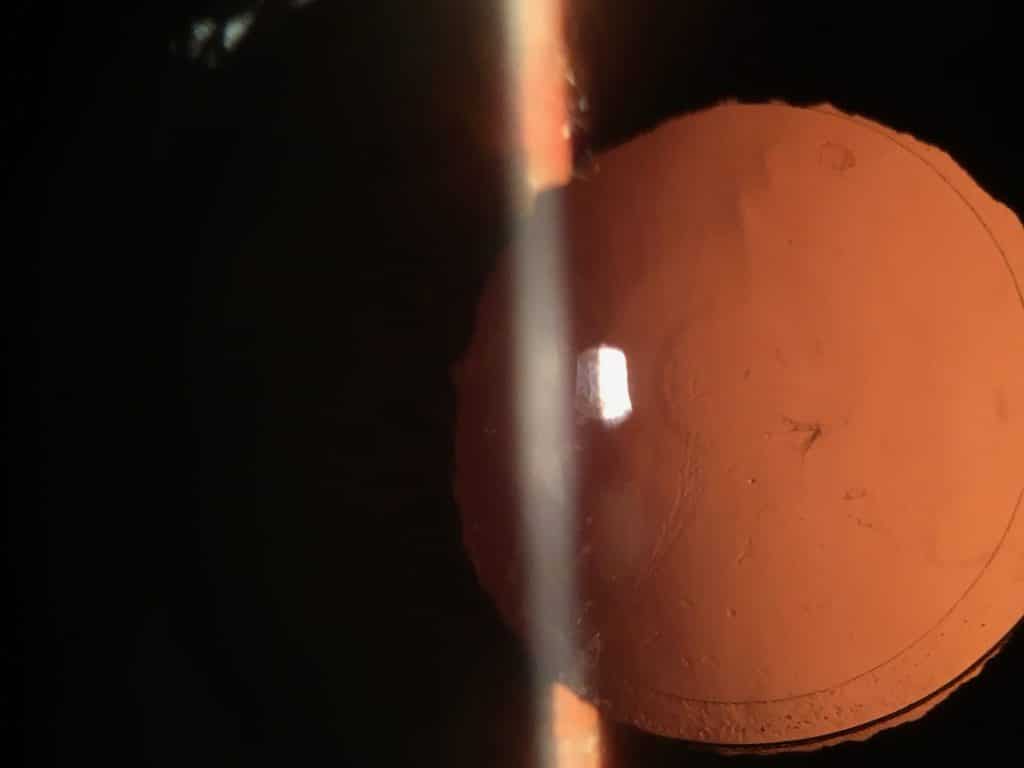
No matter whether you have nearsightedness, farsightedness, or astigmatism, or don’t need distance glasses at all, everyone begins to need reading glasses in their 40’s. This is a problem called presbyopia. Indeed, Baby Boomers comprise the largest segment of the presbyopic (ie reading glass) population.
Presbyopia occurs when the lens inside the eye becomes stiffer, and less able to change shape and focus up close, with age. It’s the most common vision disorder in America and affects more than 60 million people over age 40.
Early symptoms of presbyopia include difficulty reading very small letters such as on medicine bottles or reading in poor light situations. This progresses naturally as you get older to the constant dependency on glasses for reading and even for the computer.
Traditionally, reading glasses, bifocals, and bifocal or monovision contact lenses are used to correct the problem. Aside from glasses and contact lenses, at the Cornea and Laser Eye Institute, we offer non-surgical and surgical options to improve reading vision. The choice of technique depends on your particular circumstances:
- Eyedrops for Near Vision
- Blended Vision LASIK
- Near Vision CK
- Premium Lens Laser Refractive Lens Exchange (RLE)
Eye Drops for Near Vision

Recently, the FDA approved an eye drop indicated to improve your near vision without glasses. VUITY™, produced by Allergan (AbbVie Inc), works by constricting the pupil and creating a “pinhole effect.” This pinhole effect increases your depth of focus and improves your near vision without glasses. The near vision improvement generally lasts between 3 and 6 hours. For some patients, the near vision improvement may last as long as 10 hours. Currently, it is recommended to use this drop once per day in both eyes. To enjoy the most benefit from Vuity eye drops, most patients use this drop during their peak reading hours each day. This eye drop can also be used if you have had LASIK or other refractive procedures in the past. Some patients may not see much improvement and others notice a temporary change in their distance vision when using Vuity eye drops. Our doctors will discuss the benefits and side effects of using Vuity eye drops in detail when you come to our office for a full refractive evaluation.
Blended Monovision LASIK
In this LASIK procedure, the dominant eye is corrected for distance vision and the non-dominant eye is corrected more for near/intermediate vision. Using both eyes together, the brain blends the images to give an improved depth of focus. Like other presbyopia correcting procedures, blended vision LASIK is not meant to completely replace reading glasses, but to improve your near point function to some extent for tasks like reading menus or your cell phone.
Near Vision Conductive Keratoplasty (CK)
Conductive Keratoplasty (CK) is a procedure for improved reading vision for people over age 40. The Cornea and Laser Eye Institute was one of the five centers which participated in the original clinical trials of CK. As part of these studies, we performed the first CK on the East Coast in May of 1999. CK uses radiofrequency (RF) energy, instead of laser, to reshape the cornea. It is the only procedure designed specifically for people with presbyopia. The CK procedure is performed using an ultrathin probe that is applied in a circular pattern around the edge of the cornea. This pattern creates a constrictive band (like the tightening of a belt), increasing the overall curvature of the cornea, thus better focusing reading material.
He presented study results at the FDA ophthalmic devices advisory panel in Washington, D.C. in November 2001, leading to first FDA approval in 2002. Over the years, CK has proven to be a safe, effective procedure for the treatment of presbyopia and farsightedness, and we have since treated hundreds of patients.
(CLICK HERE for Dr. Hersh’s in-depth article on CK.)
Candidates for CK must be over 40 years old and need reading glasses. Before CK, a complete examination is necessary. The CK procedure itself is comfortable. There may be a dry eye or foreign body sensation for a few days afterwards and vision will fluctuate. You can usually return to work the next day. Vision continues to improve for about one month. The CK effect may be temporary. As you age, the need for reading glasses may increase.
CK in the News:
- Conductive keratoplasty offers hyperopes a non-laser alternative – November 1, 2000
- Conductive keratoplasty offers hyperopes a non-laser option – December 1, 2000
- FDA panel says CK is approvable for temporary reduction of hyperopia – January 1, 2002
- Physicians have options for correcting presbyopia at the corneal plane – June 25, 2010
Premium Lens Laser Refractive Lens Exchange (RLE)
Cataract surgery is traditionally performed for patients who develop a clouding of the natural lens, known as a cataract. Before the natural lens becomes cloudy it is less flexible, which limits the lens’s ability to focus up close. This is known as a dysfunctional lens. In refractive lens exchange, your disfunctional lens will be removed with a similar procedure to cataract surgery. After the lens is removed, an artificial lens, called an intraocular (IOL) or implant, is placed within the remaining membrane (or bag) of the original natural lens. There are different styles of IOLs, many of which can correct distance, computer, and reading vision.





